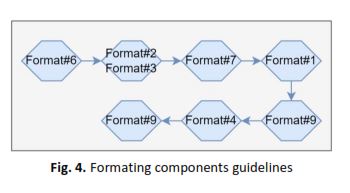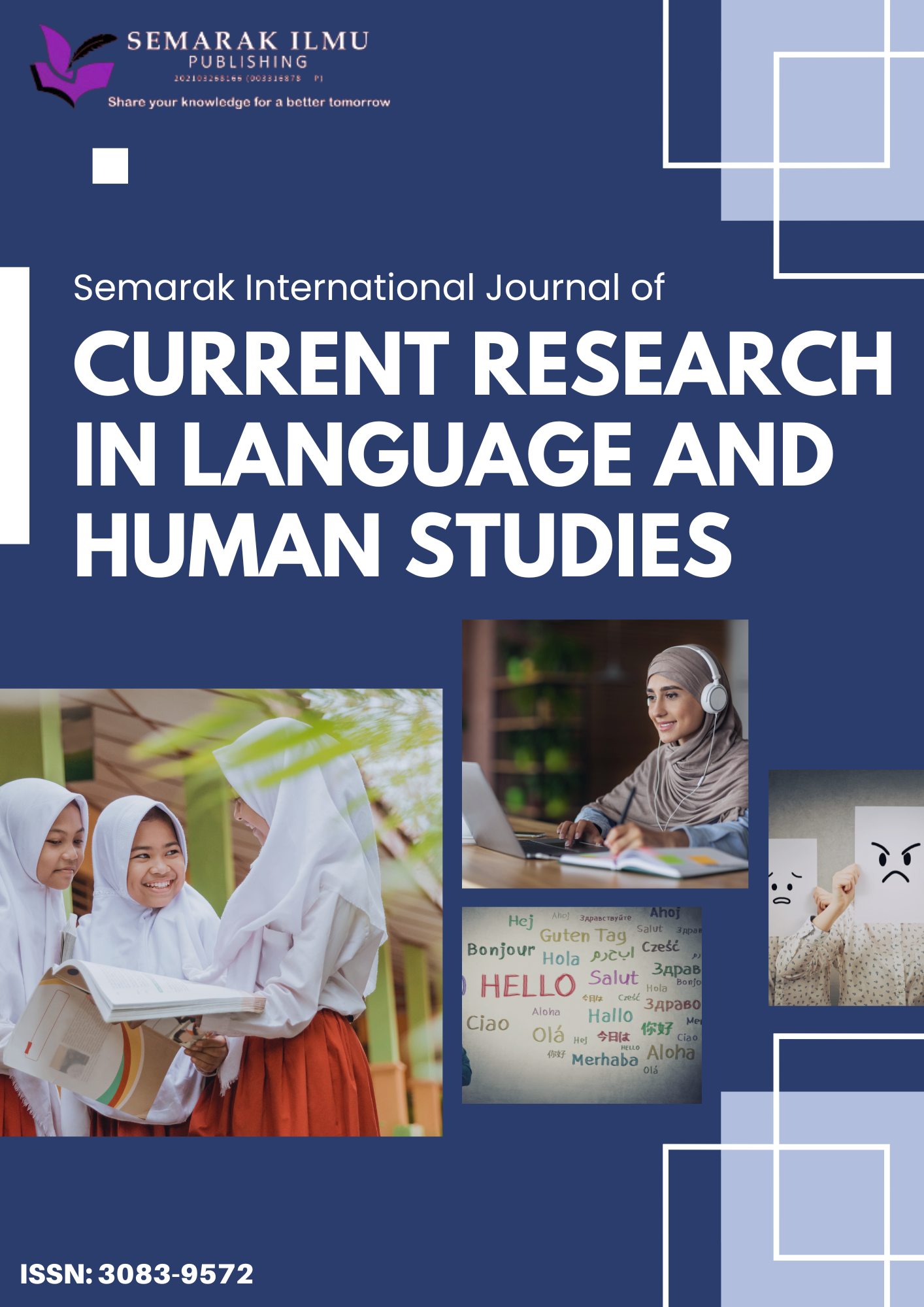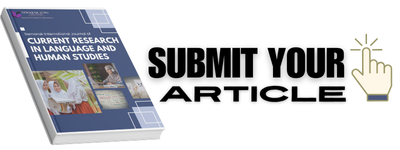Game-Based Arabic Language Learning (GBALL) Visual Element Design Guideline for Dyslexic Children
DOI:
https://doi.org/10.37934/sijcrlhs.1.1.1932bKeywords:
Design elements, guidelines, game-based Arabic language learning for dyslexic children, game-based learning, dyslexia language learning, visual element designAbstract
Abstract dyslexia is a common learning disability that affects a significant number of children in Arabic-speaking countries. It is known that game-based learning has shown promising results in helping dyslexic children improve their language skills. However, there is a lack of comprehensive guidelines for designing Game-Based Arabic Language Learning (GBALL) programs for dyslexic children. Hence, this paper aims to identify and synthesize existing guidelines and recommendations for designing the visual elements of a GBALL application for dyslexic children. Systematic literature reviews and the Fuzzy Delphi technique were employed to acquire the list of guidelines and recommendations. A total of ten expert consents were obtained via the Fuzzy Delphi technique to evaluate the proposed guideline. They are comprised of three experts in the Arabic language, three experts in dyslexia, and four experts in multimedia. As a result, 26 guidelines are identified and classified into three main categories proposed as a guideline for visual element design. The output of this study proposes a set of design guidelines for the visual elements of a GBALL application for dyslexic children. These are analyzed through a Systematic Literature Review (SLR) and confirmed by the experts via the Fuzzy Delphi technique.









